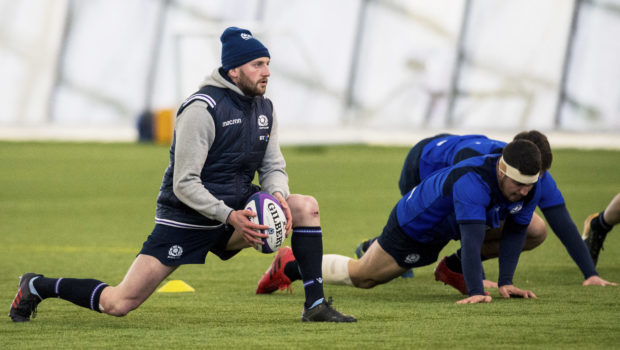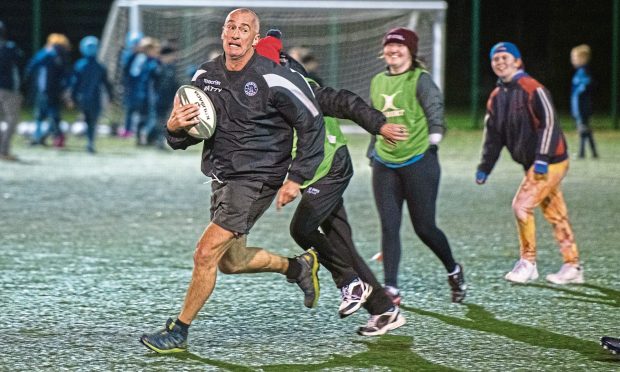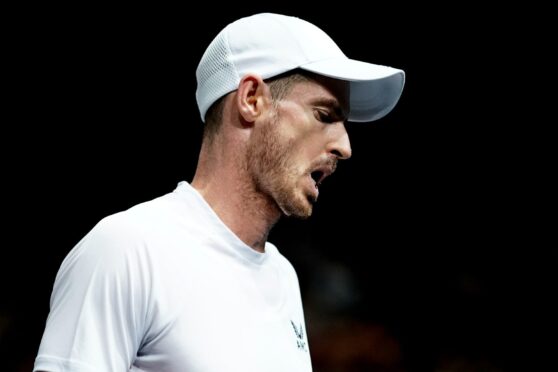It wasn’t supposed to be the point of no return at only the second hurdle.
Scotland stumble back to the comforting embrace of BT Murrayfield plagued with all sorts of doubts that didn’t seem imaginable two weeks ago. The nature of the defeat in Cardiff – not just the bare defeat – has chastened everyone.
There was “anger” in the video review suite in the team hotel at Oriam this week, we were told, as players wondered just how could everything had gone so badly wrong. No-one – including Warren Gatland, whatever he might say – thought Wales were going to howk Scotland last week.
Did Wales “find out” Scotland? Was all the optimism born of November simply naïve Southern hemisphere teams giving the Scots room to play while the 6 Nations is big, grown-up international rugby?
Painting the All Blacks and Wallabies as naïve is actually laughable. If it were true, a meat and potatoes style 6 Nations team would have won every World Cup since they started. The old championship has still produced just the one winner of the Webb Ellis Cup, remember, and didn’t supply a single quarter-finalist three years ago.
Scotland’s undoing last week was good research and analysis by Wales, and their own error-strewn performance. The “organised chaos” is just destructive chaos when it doesn’t work.
The next question is whether France’s analysis on Scotland is a good as Wales’, and whether the Scots have been “found out”. It’s pretty clear that Eddie Jones thinks England have Scotland’s number even before they come to Murrayfield in two weeks.
One would hope that Gregor Townsend’s reputation as an innovative rugby thinker would be robust enough to withstand such analysis. If it was just errors in Cardiff, Scotland can restore their damaged reputation by making fewer.
But today is the point of no return, where Scotland can right the reeling ship and change the narrative back – although it’ll never be as shiny and optimistic as it was on the road down to Cardiff.
Townsend has stripped back the adventurous selection and restored experience to the side. There should be multiple voices on the pitch this week preaching more caution, and some of them – Greig Laidlaw and Ryan Wilson – have real authority.
Even if Laidlaw’s not as dynamic as Ali Price at his best, he brings other essential attributes the younger man doesn’t yet have. The veteran might not be the right man for Japan next year, but he’s the right man right now.
France gave a good impression of a cohesive unit against a strong Ireland side in Paris a week ago, given that they were three weeks into a complete change of direction.
Jacques Brunel is a wise operator, and due to his recent time as head coach of Italy knows and is known well by the Scots. But like their hosts today, the true measurement of France will not come in the embrace of the Stade de France but how they do on their travels.
Recalling Lionel Beauxis to half-back after a six-year gap has raised an eyebrow or two, and this is the seventh different half-back combination in the last eight French tests. Brunel is new in this job, but this is the precise same problem he had in Italy when he could never decide who his best 9 and 10 were, and he had far fewer options then.
But although there is flair on the wings, France won’t come to Murrayfield to play a wide-open game. They’ve picked a big pack to brutalise Scotland like they did in Paris last year.
Scotland have beefed up themselves adding Grant Gilchrist to the pack, and he, Ryan Wilson and Simon Berghan are in for more defensive roles, big tacklers who have the energy and fitness to keep getting up off the deck and tackle some more.
Berghan is not much of a scrummager, and Scotland will want as few of those as possible, so their execution better be a whole lot sharper than it was in the Principality.
Similarly, Scotland need a better functioning lineout. They got away with it in the autumn but not in Cardiff, and they can’t wait for Richie Gray’s return to solve the issues.
Behind the scrum, Scotland have Finn Russell protected – in large part from himself – with Laidlaw and Peter Horne on either side. This shouldn’t put the stand-off into his shell, just more inclined to play percentages and kick intelligently, which he did on a few occasions in Cardiff.
Scotland also need to get Stuart Hogg into space. Thankfully they seem to have realised Huw Jones at 13 was a big factor in this during 2017, not corralled at 12 as he was last week.
Scotland don’t have to be faultless – they weren’t in any game during 2017 – and they can still bounce back. Winning away is tough in the 6 Nations and it’s become tough at Murrayfield.
A win to restore some lost confidence is certainly attainable. Rather than analysis or naivety, It’s probably a question of how deep the wounds are from last week.


